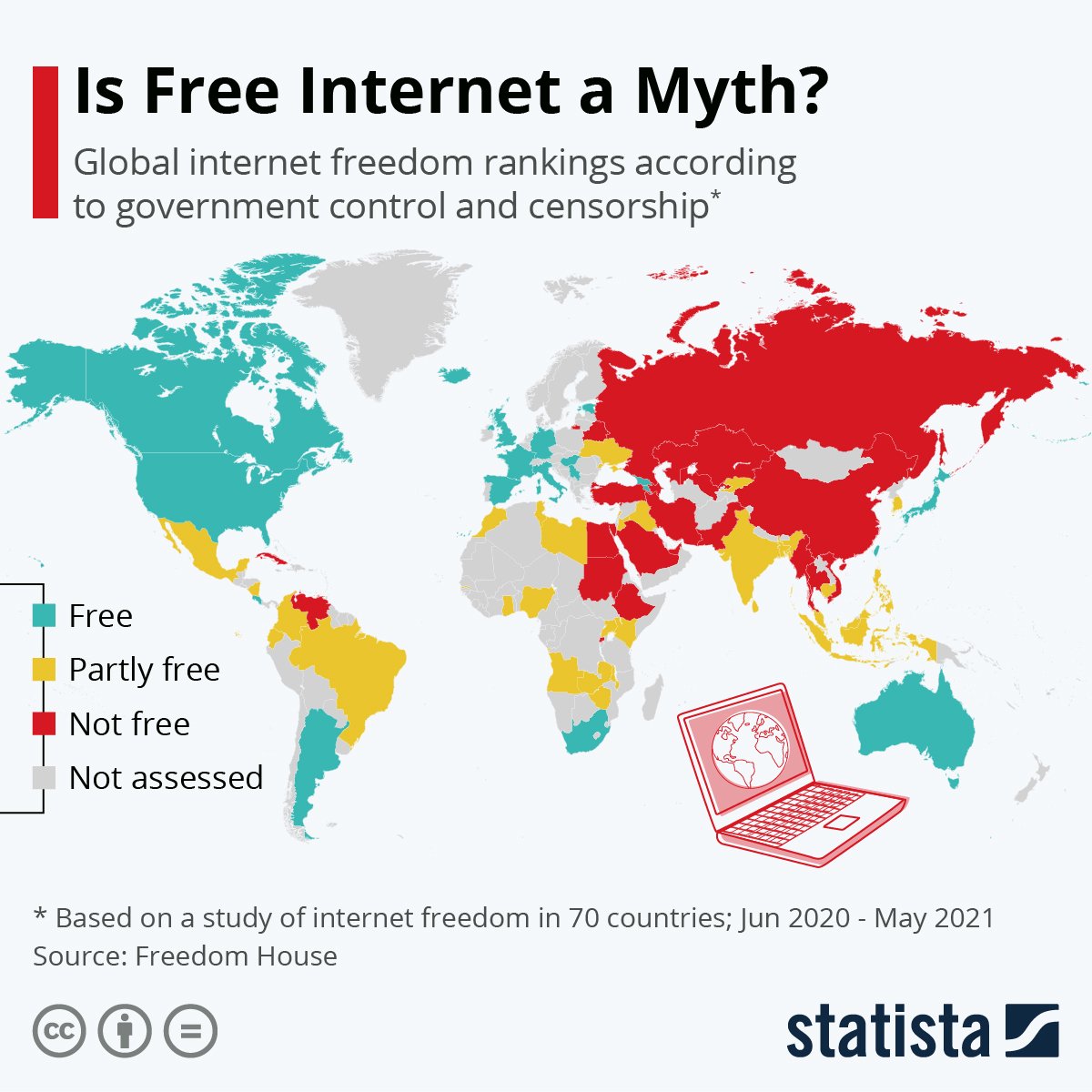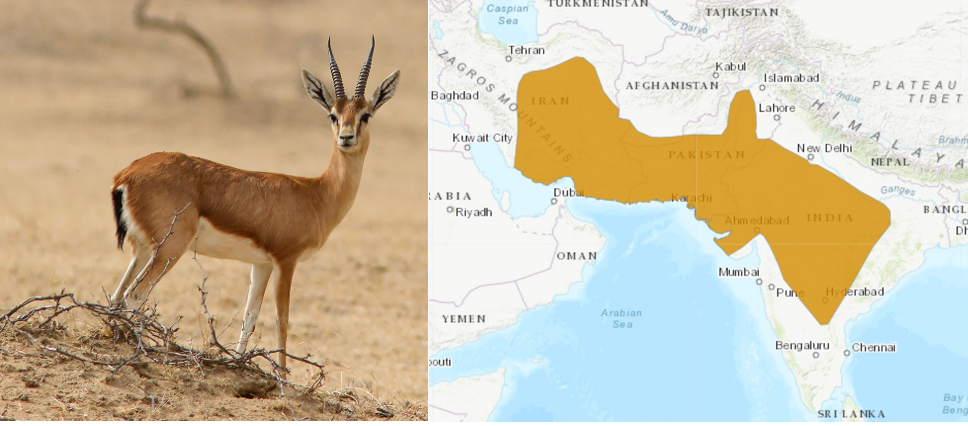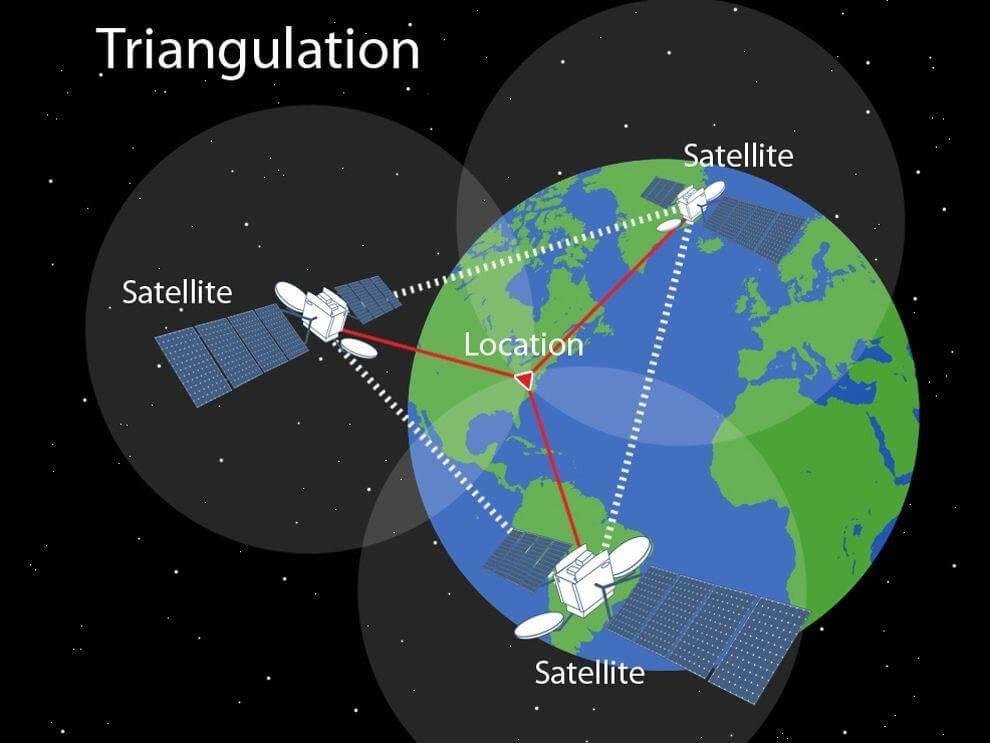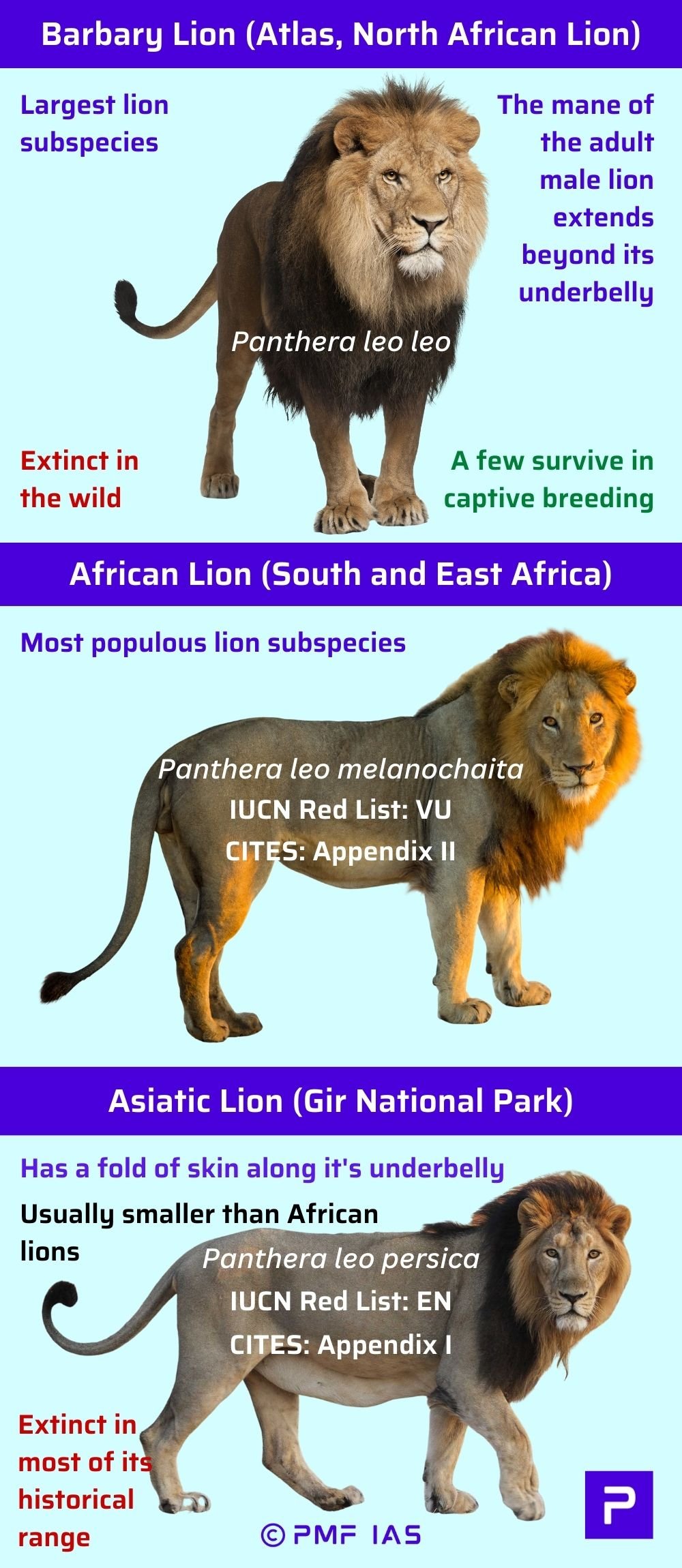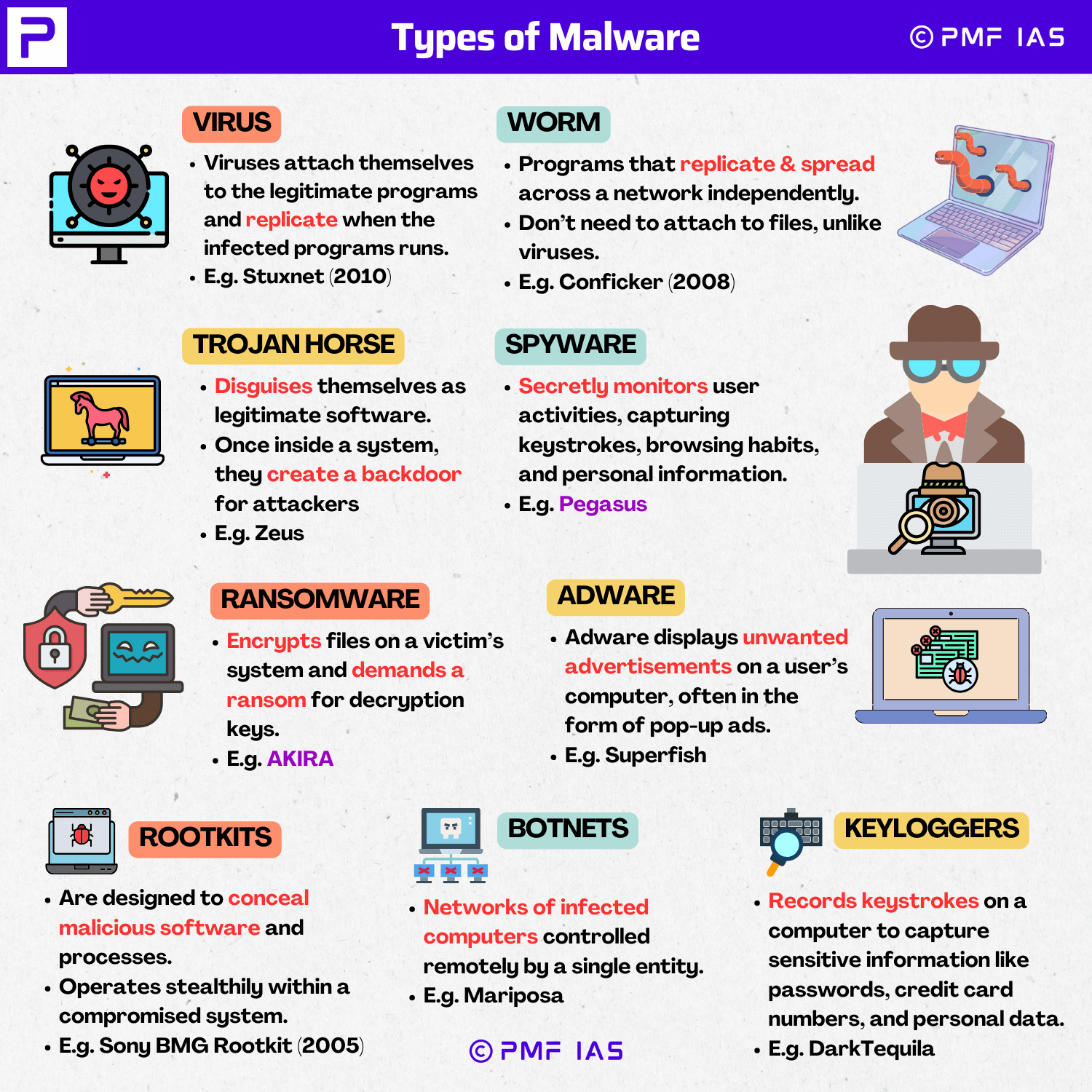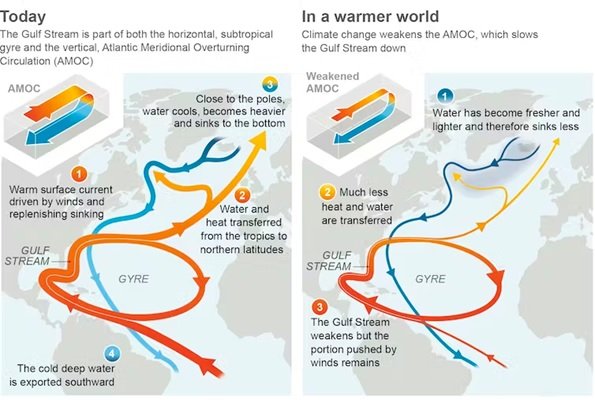
Current Affairs for UPSC Civil Services Exam – March 02, 2024
Subscribers of "Current Affairs" course can Download Daily Current Affairs in PDF/DOC
Subscribe to Never Miss an Important Update! Assured Discounts on New Products!
Must Join PMF IAS Telegram Channel & PMF IAS History Telegram Channel
{GS2 – Polity – IC – Parliament} Cross Voting | Rajya Sabha Elections
- Context (TH I IE I TH I LM): The RS elections in the States of UP, HP and Karnataka witnessed cross-voting by MLAs despite parties issuing three-line whips, deviating from the norm.
|
- This has started a legal debate as whips are not issued for Rajya Sabha elections.
- The absence of a whip and the appeal for a “conscience vote” makes it easy for MLAs to avoid any action under the anti-defection law or the 10th Schedule, even if they cross-vote.
Rajya Sabha Elections and Anti-Defection Law
- Anti-defection Law/10th Schedule: Introduced in 1985, this Schedule disqualifies legislators who voluntarily give up party membership or vote against party instructions.
- This instruction with respect to voting is issued by the ‘whip’ of a party.
|
- The elections to Rajya Sabha are not treated as a proceeding within the Legislative Assembly (LA) but one that the EC conducts.
- Thus, Political parties cannot issue any ‘whip’ to their members for such elections.
- Political parties cannot issue whips for presidential elections also.
SC Judgements
Kuldip Nayar versus UOI, 2006
- SC upheld the system of open ballots for Rajya Sabha elections.
- It reasoned ‘if secrecy becomes a source of corruption, then transparency can remove it’.
- An elected MLA of would not face disqualification under the Tenth Schedule for voting against their party candidate.
- They may, at the most, attract disciplinary action from their political party.
Ravi S. Naik and Sanjay Bandekar versus UOI, 1994
- Voluntarily giving up membership under the Tenth Schedule does not mean only formally resigning from the party to which the member belongs.
- The conduct of a member both inside and outside the house can be looked into to infer if it qualifies as voluntarily giving up membership.
- Such an “interpretation” may become crucial for the disqualification of MLAs in case of cross-voting during RS elections.
Rajya Sabha
- Rajya Sabha is also known by several names-
- Council of states.
- Upper House.
- House of elders.
- Red Carpet House.
- This house has an altogether different composition and method of election from that of the directly elected House of the People.
- Apart from the elected members, the President also nominates members to the house.
- RS MPs are elected by the elected members of Assemblies of the States and UTs (Delhi, Puducherry and Jammu and Kashmir).
- The RS meets in continuous sessions and, unlike the LS, is not subjected to dissolution. However, the RS, like the LS, can be prorogued by the President.
- The Vice-President is the ex-officio chairperson of the Rajya Sabha.
- The Deputy Chairman, who is elected from amongst the house’s members, takes care of the day-to-day matters of the house in the absence of the Chairman.
|
Debate In Constituent Assembly
Need of Second Chamber
Opponents of the Second Chamber
|
Composition of Rajya Sabha
- Article 80 of the IC lays down Provisions for members of the RS.
- As per the constitutional limit, the RS strength cannot exceed 250 (238 elected and 12 nominated).
- Currently, it has 245 members (233 elected members and 12 nominated).
- The members nominated by the President are persons having special knowledge or practical experience in respect of such matters as literature, science, art and social service.
Allocation of Seats to Rajya Sabha
- The Fourth Schedule to the IC provides for allocation of seats to the States and UTs in Rajya Sabha.
- The allocation of seats is made on the basis of the population of each State.
Process of Rajya Sabha Election
- RS MPs are indirectly elected by the people of the country but directly elected by the MLAs of LAs of states and UTs.
- The elected members of the LA of that State and UT elect the representatives of each State and three Union territories.
- Elections are done in accordance with the system of proportional representation by means of the single transferable vote.
- Elections to 1/3rd of these seats occur every two years.
- The polls for Rajya Sabha will be required only if the number of candidates exceeds the number of vacancies.
- Till 1998, the outcome of RS elections was usually a foregone conclusion; the candidates nominated by various parties, according to their strength in the LA, used to be elected unopposed.
Measures to stop Cross-Voting in LAs
- The ‘Open ballot’ system was adopted to prevent corruption.
- In the Representation of the People (Amendment) Act, 2003, the following sections were amended to provide for an open ballot system for elections to the Rajya Sabha.
- Sections 59 (manner of voting at elections),
- Section 94 (secrecy of voting not to be infringed) and
- Section 128(1) (maintenance of secrecy of voting)
- Rule 39AA was also accordingly inserted into the Conduct of Election Rules, 1961 by a notification.
Rule 39AA
- When an elector records their vote on a ballot paper, they must allow the authorised agent of that party to verify as to whom such an elector has cast their vote.
- If the elector refuses to show the marked ballot paper to the authorised agent, the ballot paper has to be taken back by the presiding officer or polling officer.
- Rule 39AA is silent on who would be the authorised representative for a rebel MLA.
- Not showing the ballot paper to the authorised agent or showing it to anyone else will disqualify the vote.
- Independent MLAs are barred from showing their ballots to anyone.
SC on ‘Open’ ballot process
- The ‘Open’ ballot process was challenged in SC by Kuldip Nayar, who alleged that it was unconstitutional and violative of the statutory right to vote.
- In 2006, a five-judge bench led by then CJI Y K Sabharwal unanimously upheld the constitutional validity of the ‘open ballot’ system and said: “If secrecy becomes a source for corruption, then sunlight and transparency can remove it.”
- The SC rejected the petition filed by Lok Prahari challenging the 2003 amendment.
- The open ballot system does not violate the concept of free and fair elections and does not take away the right to vote.
- It only regulates the right so as to eliminate the evil of cross-voting by an elector who has been elected to the assembly of a particular state on the basis of a party nomination.
- Open ballot does not mean open for one and all.
- The concept of “constituency-based representation” in a general election is distinct from “proportional representation”, which is the case with the Rajya Sabha.
- In the case of ‘proportional representation‘, voters are subject to party discipline.
|
Qualifications and Disqualification Criteria of Rajya Sabha Members
Qualifications as per Art 84 of the IC
- Ought to be a citizen of India.
- Ought to be of 30years older.
- Ought to have such qualifications as mandated on this behalf by any Law enacted by Parliament.
Qualifications needed by law enacted by the Parliament
- Alternative qualifications for the members within the Representation of People Act 1951.
- Only a Citizen of India who is an elector is eligible.
Disqualifications
- These disqualifications are prescribed in Article 102 of the IC-
- If the candidate holds an office of profit under the GOI or any state government.
- Is of unsound mind as declared by the Court of law.
- Is undischarged insolvent.
- Has ceased to be a national of the Republic of India.
- Has attracted the other disqualification as per the other law of parliament.
- The last condition has led Parliament to incorporate some other conditions as per the Representation of People Act 1951 unit mentioned below-
- Should not be guilty of any offence related to elections or must not have indulged in any corrupt practices.
- Should not have undergone any imprisonment for any offence for two or more years.
- Should not have failed to submit an account of the election.
- Should not be an interested party in Government contracts, works, or services.
- Should not be a director or key manager person in a company in which GoI holds 25% share.
- Should not have faced dismissal while being in government service on charges of corruption or unfaithfulness.
- Should not have been found guilty of promoting hate among teams
- Should not be found guilty of any crime associated with society, like the promotion of untouchability.
- If he voluntarily gives up the membership of their party
Tenure of members
- Every RS MP has a tenure of 6 years, and elections to one-third of the seats are held every two years.
- According to Section 154 of the RPA, 1951, a member who has chosen to fill a casual vacancy will serve for the remainder of his predecessor’s term of office.
Domiciliary Requirements (DR)
The Argument against considering DR for RS Elections
The Argument in favour of considering DR for RS Elections
|
{GS3 – Agri – Crops} Pomegranate Exports to USA
- Context (PIB): Agricultural and Processed Food Products Export Development Authority (APEDA) facilitates India’s first commercial trial shipment of Sangola pomegranates to the US.
Pomegranate
- It is an important fruit crop of arid and semi-arid regions originated from Iran.
- India is the only country in the world where pomegranate is available throughout the year.
- Pomegranate is propagated vegetatively by cuttings, air layering or gootee.
- Pomegranate-producing states Maharashtra, Gujarat, Karnataka, Rajasthan and Andhra Pradesh, with Maharashtra contributing to more than 50% of the production share.
- Soil: Can be grown on a wide range of soils, from sandy soil to loamy soil.
- Popular varieties: Bhagwa, considered amongst the best varieties around the world.
-
Agro-climatic requirements
- Can be grown up to an altitude of 500 m.
- It thrives well under hot, dry summers and cold winters, provided irrigation facilities are available.
- The tree requires a hot and dry climate during fruit development and ripening.
- Pomegranate trees are deciduous in areas of low winter temperature and evergreen or partially deciduous in tropical and sub-tropical conditions.
- It can tolerate frost to a considerable extent in the dormant stage.
- India produces some of the best varieties of Pomegranate in terms of quality with soft fleshy seeds, low acidity and attractive colour.
- India ranks seventh in production of pomegranate in the world and the total area under cultivation is around 2,75,500 hectares (as on Aug 2023).
{GS3 – Agri – Fertiliser} Nutrient Based Subsidy
- Context (PIB): The Union Cabinet chaired by the PM approved the Nutrient Based Subsidy (NBS) rates for Kharif Season, 2024 on Phosphatic and Potassic (P&K) fertilisers and inclusion of 3 new fertiliser grades under the NBS scheme.
- The government is making available 25 grades of P&K fertilisers to farmers at subsidised prices through fertiliser manufacturers/importers.
Benefits
- Availability of fertilisers to farmers at subsidised, affordable and reasonable prices will be ensured.
- Rationalization of subsidy on P&K fertilisers in view of recent trends in the international prices of fertilisers and inputs.
- The inclusion of three new grades in NBS will support the promotion of balanced soil health & offer alternatives to the framers to choose fertilisers fortified with micro-nutrients as per soil requirement.
{GS3 – Envi – Degradation} Increasing Natural disaster in the Himalayas
- Context (DTE | DTE | DTE): The Himalayan region accounted for 44 per cent of all the disasters reported in India.
- Of the 687 disasters that the country experienced between 1900-2022, 240 were in the Himalayas.
- An analysis of data available on the EM-DAT international disaster database shows that the Himalayan states and UTs account for 18% of the country’s geographical area but have experienced 35% of the major disasters over the last 110 years.
- Sikkim saw the highest number of landslide incidents.
- In recent decades, these disasters have occurred more frequently and are getting more severe, causing a significant loss of life and damage to property.

Reasons why Himalayas are prone to natural disasters?
Natural
- Being the youngest mountain range in the world, they are highly prone to erosion.
- They are tectonically active leading to the continuous upliftment of the mountain, the region falls in a very high seismic zone.
- Cloud bursts are frequent in Himalayas due to its unique topography and steep slopes. This results in floods & landslides.
- For example, the most devastating landslide took place in Uttarakhand in 2013.
- In some areas, soil has extremely low water retention ability. This makes the region conducive for landslides during periods of high rainfall. For example, Darjeeling.
- Bank erosion is also extensive wherever the rivers take a sinuous course.
- Together, these factors make the Himalayas extremely susceptible to natural disasters like earthquakes, landslides, subsidence, floods, snow avalanches, cloud bursts and forest fires.
Man-made
Climate Change
- The Himalayas are warming faster than the global average (IPCC). Under this scenario, the Himalayan glaciers would lose 10-30% of their mass by 2030. This change in glacial mass in the Himalayas could trigger more earthquakes.
- Further melting up of glaciers and unpredicted heavy rainfalls in the Himalayas can induce Flash floods.
Ecological Stress
- Population growth, tourism and industrial activity strain the fragile Himalayan ecology.
- Common threats include deforestation, soil erosion, and pressure on limited land.
Unplanned construction
- The construction of large-scale hydropower dams can induce earthquakes (reservoir-induced seismicity (RIS)).
- Unplanned construction and hydroelectric projects also make Himalayan slopes highly unstable, leading to landslides.
- Permitting construction beyond the carrying capacity of the region. This has led to the submergence of land.
- For example, evidence of land submergence has been found in Joshimath up to a depth of 20 to 50 metres.
- Forest conversion for agriculture and Construction.
- For example, In Shimla, by frequently changing the by-laws through amendments, the authorities have allowed constructions in the 17 locations identified as forest areas or green belts, which is in direct conflict with the National Forest Policy, 1988 (NGT).
{GS3 – IE – Banking} Violations of the Prevention of Money Laundering Act
- Context (TH | PIB): Paytm Payments Bank Limited (PPBL) has been fined ₹5.49 crore by the Financial Intelligence Unit-India, an enforcement agency under the Union Finance Ministry, for violations of the Prevention of Money Laundering Act (PMLA).
- Their network of businesses is involved in various illicit activities, including coordinating and enabling online gambling.
- Further, the proceeds of crime (money generated from these illegal operations) were routed and channelled through bank accounts maintained by these entities with Paytm Payments Bank Ltd.
Financial Intelligence Unit – India (FIU-IND)
- FIU-IND was set by the Government of India in 2004 as the central national agency responsible for receiving, processing, analyzing and disseminating information relating to suspect financial transactions.
- FIU-IND is an independent body reporting directly to the Economic Intelligence Council (EIC) headed by the Finance Minister.
- The Prevention of Money Laundering Act, 2002, mandates that every banking company, financial institution, and intermediary must provide information to FIU-IND regarding all cash transactions exceeding ten lakh rupees or their equivalent in foreign currency.
- Every banking company, financial institution and intermediary shall furnish to FIU-IND information of all suspicious transactions whether or not made in cash.
|
{GS3 – IE – Growth} GDP estimates for the third quarter of 2023-24
- Context (IE): India’s economy performed better than expected, with a GDP growth rate reaching a six-quarter high of 8.4% in the third quarter (October-December) of 2023-24.
- The data was released by the National Statistical Office (NSO) recently.
- Q3 GDP is much higher than the 6.5% estimated by the RBI.
- The third-quarter GDP results have boosted the annual GDP estimate to 7.6%.
What are the key reasons behind the surge in Q3 GDP?
- Except for agriculture, every other sector experienced robust growth in the period from October to December.

Concerns
- There is a significant difference in growth rates. While India’s GDP spiked to a six-quarter high of 8.4% in Q3 FY24, GVA growth stood at 6.5%.
- This has raised concerns among some economists, leading them to suspect that GDP might have been overestimated.

- Another factor that seems to have contributed to real growth being overstated is the lower-than-usual annual GDP deflator. GDP deflator exhibited a huge deceleration from 6.8% in FY23 to 1.4% in FY24.
- A lower deflator means higher real GDP growth and vice versa.
Reasons for the divergence in GDP and GVA growth rates
- GVA is GDP, excluding indirect taxes and subsidies.
- Gross Value Added = GDP + subsidies on products – taxes on products.
- Due to an increase in government tax revenues and reduced subsidies compared to the previous quarter, the GDP surpasses the GVA.
- Rise in net taxes. Net taxes rose by 32% year-on-year in Q3 FY24 in real terms.
- Significant decrease in subsidies in the quarter, mainly attributed to reduced payouts for fertiliser subsidies.
- According to the latest data from the Controller General of Accounts (CGA) for April-January, urea subsidy saw a 25% decline compared to the same period last year.
- The central government’s payouts for major subsidies overall were 21% lower during this period.
- GVA is considered a better indicator of the economy.
- GDP falls short of capturing the true economic landscape since a significant rise in output may be attributed solely to increased tax collections, which might result from improved compliance or coverage rather than a genuine increase in output.
{GS3 – IE – Trade} Quality Control Orders
- Context (IE): Restrictions on a crucial textile input benefitted one industry, Grasim (owned by Aditya Birla Group), while adversely impacting small and medium-sized spinning mills.
Background
- Grasim Industries raised concerns about substandard imports from Indonesia and China to the Ministry of Textiles approximately 18 months before the implementation of the QCO.
- In April 2023, India implemented a stringent Quality Control Order (QCO) on viscose staple fibre (VSF), allowing VSF imports into India from only those producers approved by BIS.
- Consequently, imports of VSF dropped by 65%.
- This development proved advantageous for Grasim Industries, owned by Aditya Birla Group, enabling the company to strengthen its market share from 90% to 95%.
- However, the restriction adversely affected the operations of small and medium-sized spinning mills.
- Small mills claim that these orders limit their access to affordable VSF, impacting their ability to export spun yarn and fabric competitively.
- Allegations on GRASIM:
- Small and medium-sized spinning mills claim that Grasim is causing delays in producing specific speciality VSF variants not found in the domestic market.
- Allegations include: unfair trade practices through arbitrary discounts, dealing with select buyers.
- In August 2021, the Competition Commission of India (CCI) issued an order stating Grasim abused its dominant position in the VSF market.
- Reasons cited: Discriminatory pricing, denial of market access, and imposition of supplementary obligations.
- Grasim has appealed the order to the National Company Law Appellate Tribunal (NCLAT), and the case is ongoing.
Viscose staple fibre
Quality Control Order (QCO)
Anti-dumping duty
|
{GS3 – Infra – Transportation} India’s First Hydrogen Fuel Cell Ferry
- Context (IE): As part of the Harit Nauka initiative, India recently unveiled its maiden indigenous hydrogen fuel cell, FerryFerry.
- Manufactured by Cochin Shipyard Limited (CSL), the vessel will operate in Varanasi, Uttar Pradesh.
- KPIT Technologies and the Council of Scientific and Industrial Research Labs developed the indigenous hydrogen fuel cell systems.
- Key features of the vessel:
- The 24-meter-long catamaran ferry accommodates up to 50 passengers in its air-conditioned area, constructed with high-quality fibreglass reinforced plastic.
- The FerryFerry is powered by a 50-kW Proton-Exchange Membrane (PEM) fuel cell and Lithium-Ion Phosphate batteries.
- Hydrogen fuel fuels the vessel’s propulsion system, supplemented by a 3-kW solar panel for additional energy generation.
- The Ministry of Ports, Shipping, and Waterways covered 75% of the project cost.
- The hydrogen fuel cell-powered vessel boasts zero emissions, zero noise, and high energy efficiency, making it environmentally friendly.
- Due to the absence of moving parts, the FerryFerry requires less maintenance compared to combustion vessels.
Harit Nauka Initiative
- It is an initiative launched by the Ministry of Ports, Shipping, and Waterways in 2024.
- Objective: To promote a sustainable and eco-friendly future for inland vessels operating in India’s waterways.
- It provides guidelines for inland vessels to use green fuels.
- Target: To achieve 50% adoption of green fuels within the next decade and 100% adoption by 2045.
- The focus is on reducing greenhouse gas emissions as part of the Maritime Amrit Kaal Vision 2047.
To know more about Fuel Cells, refer to PMF IAS CA January 20, 2024.
{GS3 – S&T – Defence} Improvised Explosive Devices (IEDs)
- Context (IE): The recent explosion in Bengaluru was prima facie caused by an improvised explosive device (IED).
What are IEDs?
- The term “improvised explosive device” originated in the 1970s from the British army, particularly in response to the tactics employed by the Irish Republican Army (IRA).
- The term “IED” gained common usage during the United States’ Iraq invasion in 2003.
- IEDs are homemade explosives used by criminals, terrorists, and insurgents.
- Some common materials used to build IEDs include fertilisers such as ammonium nitrate and urea nitrate, gunpowder, and hydrogen peroxide.
- They come in different types and can be triggered in various ways.
- IEDs range from simple bombs to complex devices capable of causing significant harm.
- IEDs can be deployed using a vehicle, carried, placed, or thrown by a person, delivered in a package, or concealed on the roadside.
- The extent of damage caused by an IED depends on its size, construction, and placement, and whether it incorporates a high explosive or propellant.
- IEDs are not simply used to kill and injure — they have often, especially in active war zones, been used as distractions.
- Some notable instances of IEDs being used in the past include the 1993 Mumbai serial blasts, the 2008 Jaipur blasts, the 2006 Jama Masjid bombings, and the 2013 Bodh Gaya bombings.
{Prelims – PIN India} International Status for Jamnagar Airport
- Context (TH): The Jamnagar airport has been granted international status for a 10-day period to host the pre-wedding celebration of Anant Ambani and Radhika Merchant.
- Officially known as Civil Enclave Jamnagar, Jamnagar Airport is a domestic airport and an Indian Air Force base serving the city of Jamnagar, Gujarat.
- It is owned by the Indian Air Force (IAF) and also permits both commercial as well as private flights.
- It is the only airport in Gujarat which has 2 runways.
- Jamnagar Airport has a single terminal spread over 35 acres.
- It can handle 150 passengers at a given time.
{Prelims – S&T – Defence} Exercise Samudra Laksamana
- Context (PIB): The India-Malaysia Bilateral Maritime Exercise Samudra Laksamana is currently underway off the coast of Visakhapatnam.
- Objective: Strengthen bonds and enhance interoperability between the Indian Navy and the Royal Malaysian Navy.
- Participating Ships: Indian Naval Ship Kiltan and Royal Malaysian Ship KD Lekir.





![PMF IAS Environment for UPSC 2022-23 [paperback] PMF IAS [Nov 30, 2021]…](https://pmfias.b-cdn.net/wp-content/uploads/2024/04/pmfiasenvironmentforupsc2022-23paperbackpmfiasnov302021.jpg)


